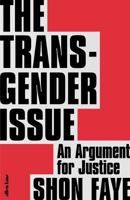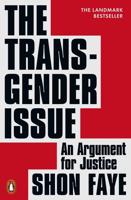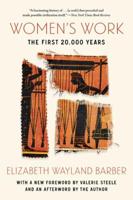Publisher's Synopsis
Child labour has long been a major public health concern. Worldwide, an estimated 110 million children aged 5 to 14 years are engaged in hazardous work. This book takes a fresh look at the causes and consequences of child labour using a rights-oriented public health perspective. This perspective means that child labour is not just explored in terms of its impact on the health of individual children. Instead, child labour is considered in terms human rights and the economic, social and health effects on children, their families and the wider community. The book provides a thorough examination of the inter-relationships between economics, education, social values such as gender and religion, legislation and its enforcement, and above all human rights. Key health issues are discussed including hazard exposure, accidents, HIV and the psychosocial effects of child labour. A series of case studies describe the progress, or otherwise, that has been made at national level as well as some of the paradoxes faced by nations and communities trying to address the worst effects of child labour. The authors conclude with a discussion of how a rights-oriented public health perspective can assist in identifying sustainable solutions to child labour. This book will be of use to academics and students involved in health, health policy, social sciences, and development disciplines. Readers involved in international public health policy or working for non-governmental organizations, will also find it an invaluable resource.










